Boys Don’t Cry: Understanding The Rising Rates Of Suicide Among Black Boys
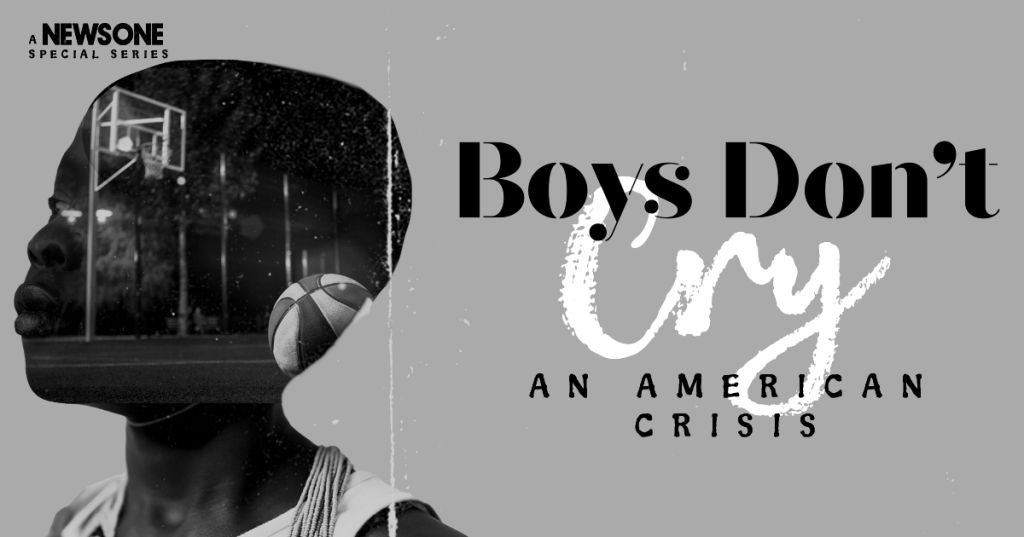
Source: iOne Digital Creative Services
The following is the latest installation in NewsOne’s Special Series, An American Crisis: Black Child Suicide.
If you’re experiencing distress or need someone to talk to, you can dial 988 at any time for immediate support. Trained counselors are available to provide confidential support and assistance. You are not alone.
By some accounts, KM’s (initials used to protect privacy) suicidal ideation began during his junior year in high school with the death of his grandmother and then eight months later, his mother’s. His story gives real-world definition to all those terrible statistics, numbers without names, without faces, without narratives, that have been included in the recent data about the rise in Black child suicide and here, specifically, the rise in Black boy’s suicidal ideation, suicide attempts and completed deaths by suicide. In 2021, JAMA reported that between 2013 and 2019, Black boys and young men dying by suicide had risen by a stunning 47%. At this writing, those numbers have not downturned. Indeed, predictions are worse because those numbers do not include the mental health challenges that impacted–and continue to impact—Black children in the wake of the pandemic of 2020 and 2021.
In KM’s case, as is true for many of our children, the only way his pain could be understood was by either mislabeling and problematizing it or else limiting it. Early in life he was labeled “the bad kid” because he could be disruptive in school as the class clown. Later, into high school, after the losses of his mother and grandmother, others thought that of course, now, his pain was legitimate, understandable. Anyone might be driven to the edge in the aftermath of such significant deaths in a young person’s life. But the truth and the timeline of his trauma, including his thoughts of suicide, require a mapping that reaches back at least to when he was in grammar school. And if not for the dedication and love of his principal, Ramona Outlaw, and the mentors and psychologists from an external program she ensured thrived within the school’s walls, KM’s very serious contemplation of suicide his 16th year, may have had a tragic outcome.
Who Can See a Black Boy’s Wound?
KM was born into a tsunami of pain. His mother suffered a stroke during childbirth from which she never really recovered. She was in and out of physical rehabs and hospitals much of his life. At 23 now, KM is a college graduate who works as a structural engineer for the State of Indiana. But he knows that his story deviates from so many others he came up with in Roseland, a neighborhood on Chicago’s South Side.
“When I was 10 and he was 11, my best friend was killed right in front of me,” KM begins quietly, the weight of that horror still apparent in his voice. Recalling how he, his best friend and their crew had “just come back from the corner store,” KM shares that while most of the kids that day went into his house, his best friend stopped to talk with some of the older guys in the neighborhood. But as soon as KM and his crew stepped into his house, they heard shots.
“I remember just seeing him laying in the street and the neighbors saying that the killer had reloaded, dumping a full magazine into him.”
“The rate of Black boys and young men dying by suicide has risen 47% in the last 10 years.”

Source: Anna Munoz / Getty
KM began cutting himself that 10th year of his life. Cutting was a warning. He was trying to make visible all the wounds inside of him. But then, like now, there were few adults who understood that, and none in his life. Parents know to make the house safe for toddlers and young children. They know to feed and dress them properly, check their grades in school, give them kisses and hugs. But there is no training that teaches them how to effectively navigate the inner world of children, the emotions they experience that seem to have no name. In KM’s case, he did tell teachers and counselors he didn’t want to live anymore. Telling people is one of the biggest warning signs of impending death by suicide. But because of the lack of information, understanding, coupled with the stigmas that surround mental health, his cries weren’t heard for what they actually were. Oh stop it. You just want attention. Kids don’t kill themselves, especially not Black kids, right?
Wrong.
Always Follow the Racism
KM seeing his friend get killed or the day he began cutting were not the kind of moments generally noted as defining life events in the human experience. The pseudo-psychological lists typically name some version of: birth, high school graduation, college graduation, career high point, marriage, childbirth, divorce.
Not included in any easily found or oft-quoted list are moments like these:
- The first time you witnessed police violence;
- The first time you were the victim of it.
- The first time a friend or loved one is shot and killed.
- The first time you realized you were really poor and going to school meant the chance to eat.
- The first time you understood no one was coming to help.
- The first time you thought about suicide, the first time you tried.
“Black children as young as 5 are twice as likely to die by suicide than their white peers.”
So heartbreakingly, yes. Black boys do consider and most tragically, complete, suicide—which is the second leading cause of death among all young people, including ours. While the rate of the tragedy remains highest among white and Native American children, those rates have thankfully and consistently been in decline. Not so for African American children, whose deaths have risen exponentially in the same period.
For at least these reasons, our boys and young men—all of our children and all of us— deserve research that has not been undermined and distorted by a white world view. We need research that accounts for life events that are often part and parcel of growing up in the exact line of sight where race, generational poverty and social marginalization meet. We need research absent of America’s continued embrace, conscious or otherwise, of white supremacy–the centering of some white American experiences and ushering it forth as if it’s everyone’s life. Because while KM wasn’t in the numbers driving the most brutal statistics, he might have been. Many of those he knew were. Unlike them, KM had a huge mitigating factor: the presence of a young person-centered, culturally anchored program called the Rising that was offered freely at his high school.
“We need research that centers the breadth of the African American experience.”
The Rising is the signature healing-trauma program of the National CARES Mentoring Movement, an initiative launched by Susan L. Taylor while she still led Essence magazine. In 2008, after nearly four decades at the magazine, Susan felt called to change course and devote herself full-time to the work needed to support Black children who were living in deep poverty. With affiliates now in 58 cities across America, over the last decade, the Rising has been brought to life in schools, youth-serving programs and even detention centers across some 26 states. Evaluated by independent researchers, its rates of success are phenomenal. More than 70% of the young people in the program end self-harming behavior and more than 85% feel hope for the first time. They choose themselves and their dreams. But without the kind of substantial and sustained investment the crisis calls for, the Rising can only scratch the need’s surface. Where it does scratch, however, it saves lives.
Let the Actual Experts Have the Floor
Dr. Obari Cartman, author, psychologist and the president of the Chicago Association of Black Psychologists, agrees. “Most of our boys who are most at-risk, do not have access to the kind of culturally grounded, loving and life-saving intervention that KM received.” And he worried that the “the problem is likely even worse even than the numbers represent.”
Dr. Cartman explained that, “They don’t count the number of teens overdosing on drugs, which is in some ways a different problem, but in other ways, it’s often connected to the underlying sense our boys and children have that they aren’t wanted and therefore they don’t want to be here. Often they’re using alcohol and other drugs not just experimentally or recreationally, but to sort of go away for a moment. And those moments get longer and longer and sometimes they kill our children.”
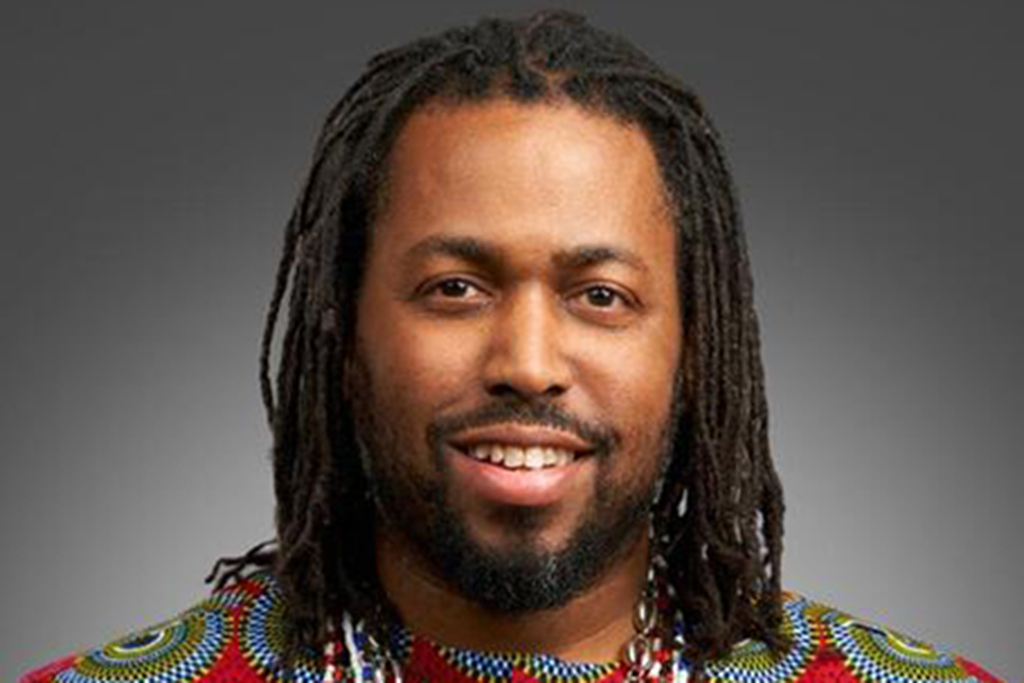
Dr. Obari Cartman Source: Steven Koch
Cartman spends most of his time working with boys the world would leave behind. They are children and young men who are incarcerated in prisons and detention centers— or else in schools that mirror the kind of punitive structure of the former two. “In places like Chicago,” he shared, “some of the homicide numbers are actually suicide numbers. We know the phrase ‘suicide by cop,’ which suggests that there are times when you don’t want to live anymore, you intentionally put yourself in harm’s way. But I’ve had young men tell me that they did that, only using gangs.”
“In places like Chicago some of the homicide numbers are actually suicide numbers. Our kids have their own version of ‘suicide by cop.’ It’s called ‘suicide by gang.’” ~ Dr. Obari Cartman
One young man recently shared with Dr. Cartman that he intentionally walked over to a rival gang’s block where he knew they would take him out on site. “He was shot six times,” Cartman said, defining it was a suicide attempt. “That kind of attempt isn’t included in how we record suicide-related data. But here in Chicago we know what it is.”
In fact, much of the research about Black children that we’re reading now only started receiving something that approximated sufficient support in the late 2010s. Black psychologist, Michael A. Lindsay, PhD, MSW, MPH, the Dean and Paulette Goddard Professor of Social Work at New York University’s School of Social Work, led the work we now draw from. But that was back in the immediate post-Obama years and Black Lives Matter years when it was still more or less en vogue to support Black people. And of course there’d been a barbaric cascade of Black deaths that, while not new to African Americans, had gotten rare public attention because of Black activists’ smart use of social media and mainstream media couldn’t ignore the murders by cops or people pretending to be cops: Trayvon Martin, Eric Garner, Michael Brown, Sandra Bland, Tamir Rice. We said their names and demanded justice and despite the pain of those years, it did seem at times like a change really was gonna come. DEI requirements and norms had not, after all, been squashed by other people of color– a move that started in the nation’s elite academic circles, beginning in the nation’s academies.
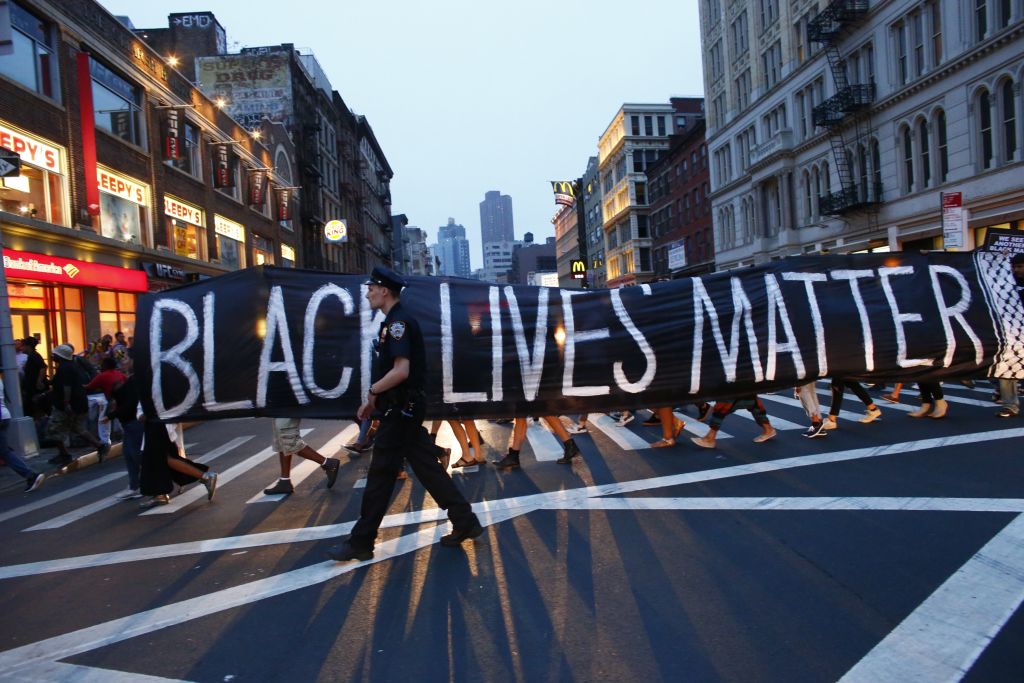
Source: KENA BETANCUR / Getty
The rollback in considering how to repair centuries-long harm that still stalked Black America was swift. But even if this wasn’t the case, it was always going to take more than data to reverse a belief Black communities have held fast to: that suicide is a white thing. We were the survivors. We had God. We didn’t need somebody in our head, knowing what we thought. Family business stays in the family. Besides, we didn’t have basic healthcare for the things we agreed were killing us, like diabetes–the sugar. All this other heady stuff just wasn’t on our menu. No space. And more than this—a mountain far more steep to ascend—is that Black people have a historical and understandable mistrust about the American medical system. The Tuskegee Experiment was not a one-off.
Gynecology grew up as a field by torturing Black women and assuring the public that Black people had a higher pain threshold. A century on, Black boys were more likely to be subjected to lobotomies, which had always been considered a Hail Mary pass. For Black boys especially, they were often the only pass. And more, our boys were more likely to be non-scientifically labeled as learning disabled or problematic when they were neither and went poorly or underserved when in fact care was needed. Few with the power to make change thought to consider structural racism’s generational tentacles when unpacking why any child might act out. Why KM might. Few sought to consider the range of what Black children feel, most often keeping it within boundaries that begin with rage and end with sexually perverse.
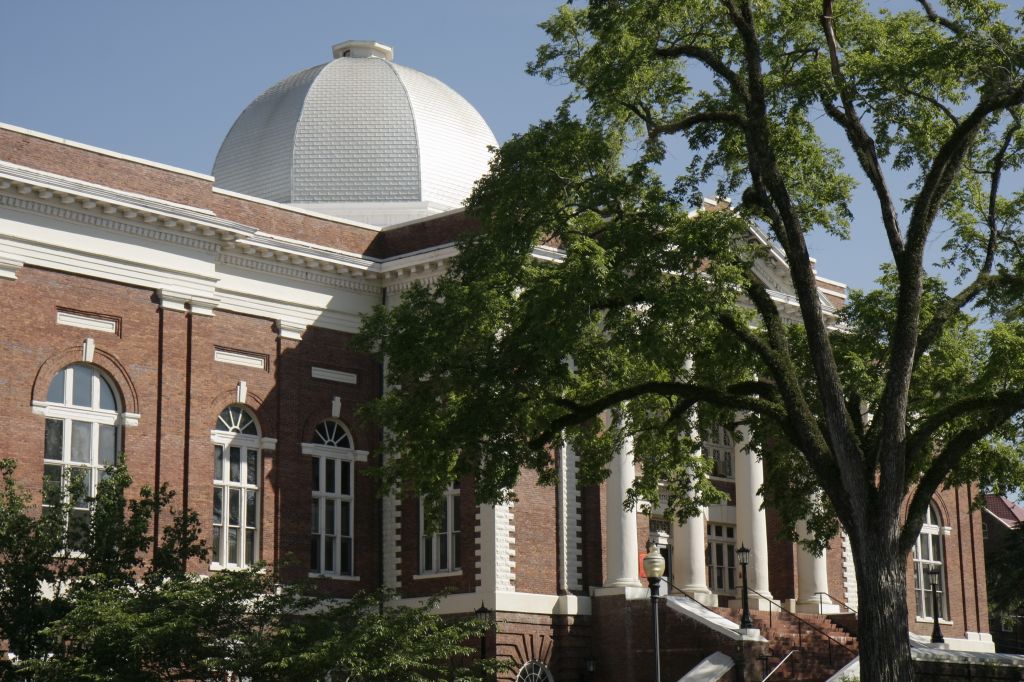
Tuskegee University–Source: Jeff Greenberg / Getty
The absence of KM’s father, like the death of his mother, did not happen in a vortex of its own or of its own making. Maybe KM’s father was a terrible person–born bad, died bad. Or maybe his story was shaped by an imposed and vulgar lack of self-worth: he didn’t have what he needed to take care of a child so he didn’t. Maybe KM’s mother had all the treatment possible to reverse the harm of the stroke or maybe they really did just write her off, which would be consistent with America’s maternal morbidity rates. Black women, regardless of economic and social circumstances, are as much as four times more likely to die in childbirth than white women. Maybe KM’s mother was among those terrible numbers and maybe it was the doctor’s or the hospital’s fault that she was relegated to a half-life that day, one that had her take her final breath 16 years later. What if KM had known to consider these questions? What if he hadn’t grown up with the guilt that made him question his own right to life?
“I felt so sad and so angry at the world for so long. I’d think about what the world would be like if I wasn’t there,” KM says, confession-like.
Reasons to Hope
Fortunately–if that’s a word that’s even useful in this context— because most suicides are driven by poorly treated or untreated depression, there is reason to hope. Dr. Cartman shared that depression is responsive to proper treatment and very manageable with the right kind and dose of medication, therapy and other supports.
“We’ve been under sustained attack,” Cartman asserted, “but Black people are some of the most brilliant people on the planet. We certainly have the power to reverse Black child suicide rates,” he continued. “We parents, and other close caretakers like guardians and teachers, can learn and must learn to take everything our kids tell us seriously.
“We must interrupt the isolation our children experience.” ~Dr. Obari Cartman
“A lot of times they won’t come out and say what they feel, but they’ll demonstrate it with their behavior. We must pay attention. We need to know what it looks like for our children to express discomfort, unease and sadness – and not dismiss it or simply punish it—often because of the discomfort it causes us,” Dr. Cartman urged.
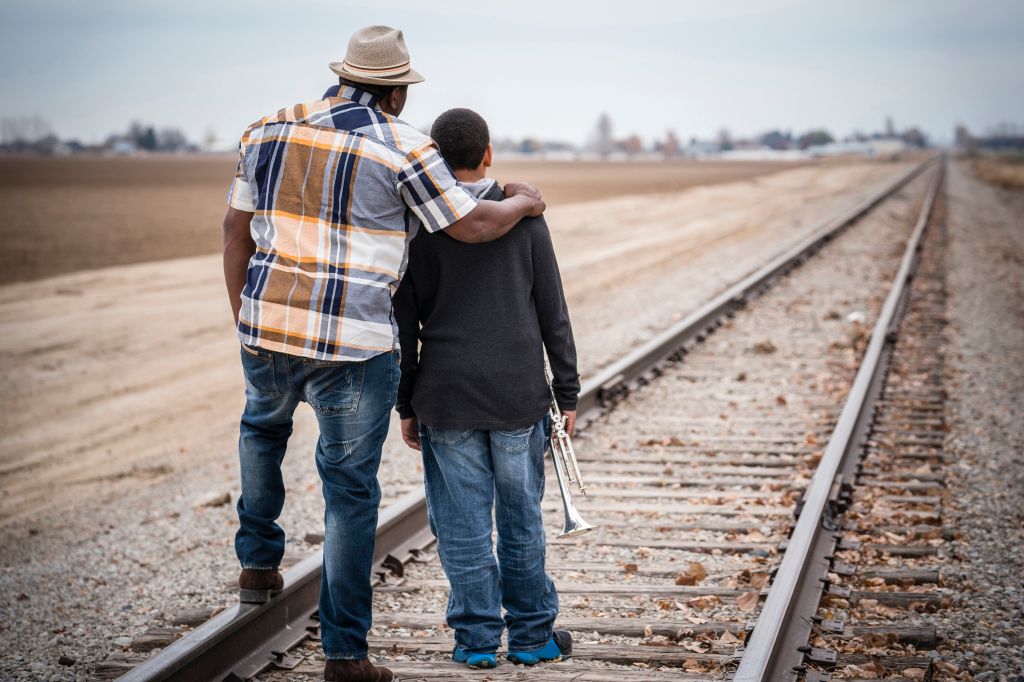
Source: Hill Street Studios / Getty
“We’re in a world where it’s so easy for kids to be isolated. Put a tablet in their hands and hours go by without you seeing them. We have to interrupt that type of isolation,” Cartman says, “because what breeds in those spaces feeds the inner emotional challenges that need to be processed externally. Spaces where family and community and friends and as needed, medical support, can be found.”
“Black people are some of the most brilliant people on the planet. We have the power to reverse Black child suicide rates.” ~Dr. Obari Cartman
Remembering his own tidal wave of grief, KM recalls the deaths of not only his mother and grandmother while he was in high school but 12 other people he loved, including his godbrother. It was more than he could cope with alone, which was why he says the Rising program saved him. Principal Ramona Outlaw, and the trained psychologists and mentors who led or participated in the program, saw his pain—and treated it.
“As a Black male, you’re taught not to cry – that you’ve got to be strong no matter what. But Principal Outlaw and Lieutenant Colonel Kirkland who ran the Rising healing circle that KM was in—said just the opposite. Kirkland pulled him aside one day and said, “If you need to cry then cry, man. If you need to yell, yell! It’s okay. You can’t let all that pressure grow inside of you. It will break you.”
At 16, KM had finally been given permission to authentically feel, authentically be. “That was what started me finally letting it all out,” he says, smiling, remembering. Letting it all out in safe space and with Black psychologists, mentors and leaders who not only knew how to hold his pain, but also had been provided the tools to give to KM that would help process and manage or even end his pain, meant there was finally time for a host of new things, new experiences, to be let in: He went to college out-of-state and graduated with a degree in engineering. He found a job in his field in Indiana and moved there, where he still lives and supports himself and dreams his dreams. Right now, as a structural engineer, he’s focused on doing the best work ever because it’s work that ensures that the homes and buildings we work in are sound. Are safe. His story is the one we always hope for but too rarely get to see.
Because as Principal Outlaw said on a fall afternoon last year, “KM is special. So special. But there are so many KMs, aren’t there? So many.”
Tomika Anderson is a veteran journalist and writer for outlets including CNN and The Atlantic. Ms. Anderson, an award-winning business owner, is an adjunct professor of writing at American University.
Resources
If you’re experiencing distress or need someone to talk to, you can dial 988 at any time for immediate support. Trained counselors are available to provide confidential support and assistance. You are not alone.
Three Things You Can Do Right Now if You Feel Overwhelmed
-
Reach Out for Support: For young people, please immediately talk to a trusted adult about how you’re feeling. This could be a parent, guardian, teacher, school counselor, or another supportive adult in your life. For all of us: it’s always right to ask for help. The number 988 is always available as are the numbers included below.
-
Practice Self-Care: Listen to music you love. Take deep breaths. Meditate. Walk or jog or dance. These are aerobic exercises that help increase serotonin and can make you feel immediately better. If it’s a beautiful day and safe to go outside, go outside. Take in the fresh air. Look for small things that might make you smile. Journal. Listen to music. Do a hobby you enjoy. Drink water. You matter. We need you here.
-
Seek Professional Help: If feelings of overwhelm persist or become too much to handle, talk to one of the free counselors on one of the help lines. What free or low-cost mental health supports are available to you? Ask if they can recommend a Black therapist. There’s often greater synergy between people of similar backgrounds.
Additional National Hotlines
-
The National Suicide Prevention Lifeline: (800) 273-8255 available 24/7.
-
The Crisis Text Line – text TALK to 741-741, available 24/7
-
The Steve Fund text STEVE to 741741
-
988 Suicide & Crisis Lifeline – Text 988
Books and Films to Consider
Black Pain: It Just Looks Like We’re Not Hurting by Terrie M. Williams. Delves into the emotional and psychological challenges faced by Black people, offering insights into how these struggles can affect children and adolescents.
Age Range: Adult readers, suitable for parents and caregivers of Black children and adolescents.
The ABCs of Black Girl Magic by LaNesha Tabb and Dr. Jamilah Thompkins-Bigelow. An empowering picture book celebrating Black girlhood while addressing self-esteem, identity and mental well-being
Age Range: Children between the ages of 4 and 8 or 9.
Teen Mental Health and Suicide in Black Families. This PBS documentary explores the unique challenges and experiences surrounding teenagers mental health, and depression and suicide within Black families. It offers insights and resources for support.
Age Range: Teenagers 13 years old and up, and adults.
The post Boys Don’t Cry: Understanding The Rising Rates Of Suicide Among Black Boys appeared first on NewsOne.




